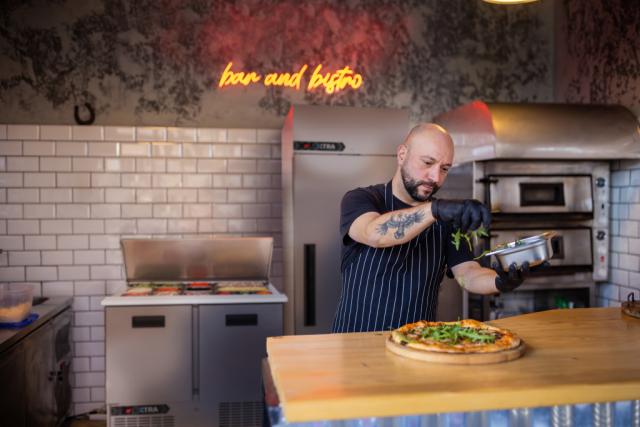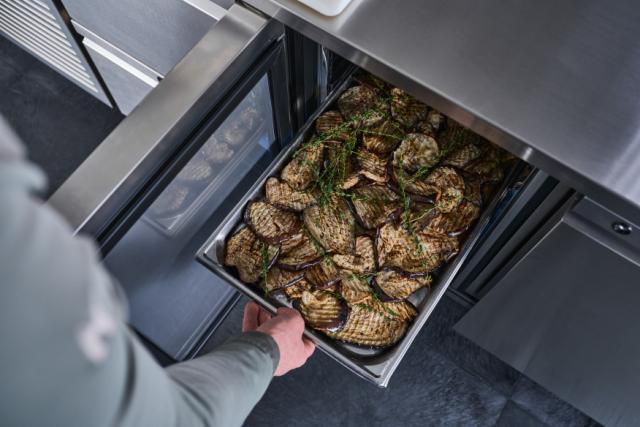
Safety and quality: why food temperature matters
A thorough understanding of food temperature control is crucial when running a catering business. But why is food temperature control so important, and what happens when food is kept at the wrong temperature?
Safety
First and foremost, food temperature is a safety issue, which is why it is regulated and enforced across the food industry.
Certain foods – such as some dairy products, cooked products containing meat, fish or eggs and smoked or cured meat and fish - need to be refrigerated to impede bacterial growth, keeping them fresh and safe for longer.
Leave these foods at room temperature for too long and bacteria can grow to harmful levels at an alarming rate. In fact, in food kept within the ‘danger zone’ of +5°C to +63°C, levels of bacteria – including salmonella enteritidis, escherichia coli and campylobacter - can double in as little as 20 minutes.
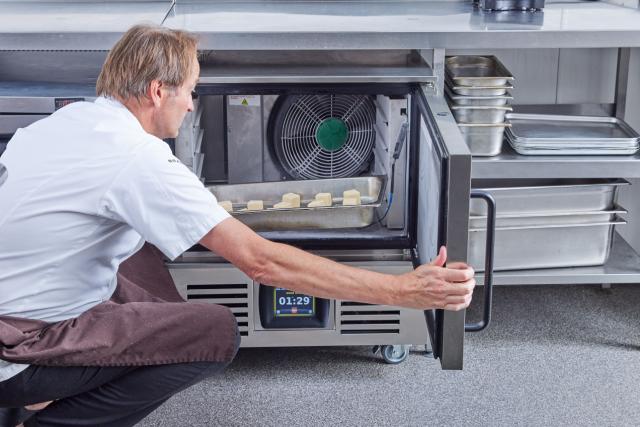
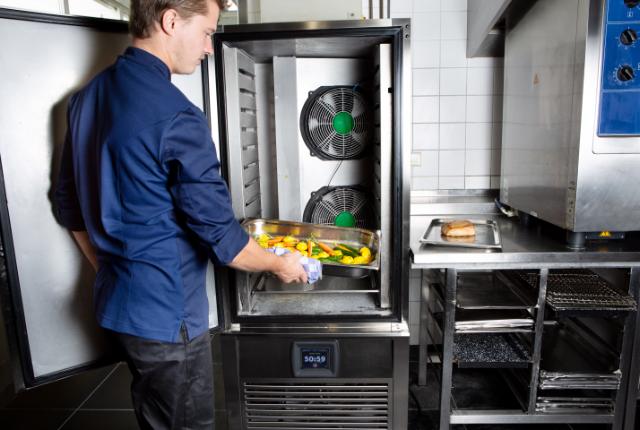
This exposes your customers to the risk of foodborne illness and threatens the reputation and future viability of your business.
To ensure your food is kept at the right temperature, follow these simple rules:
- When preparing chilled food, keep it out of the fridge for as little time as possible.
- Cool cooked food down quickly to a safe temperature then place in the fridge immediately. For example, our blast chiller can cool food from 70ºC to +3ºC in less than 90 minutes with an entry temperature up to +90ºC.
- Make sure you purchase reliable refrigeration with advanced temperature control.
- Maintain the fridge temperature by not over-filling it.
- If the fridge does look full take out items that don't need to be chilled to make room for the items that do.
Quality
It’s not just safety that’s compromised if food is kept at the wrong temperature; taste is affected too.
As food begins to decay, flavours behin to deteriorate, making food unpleasant for your customers. Think about how the flavour of bananas change as they ripen and how many people dislike them after the skin turns black.
Incorrect storage methods not only leave food open to bacterial growth, it can cause foods to decay and dehydrate before you serve them if the chilling process has not adequately delayed the natural deterioration process.
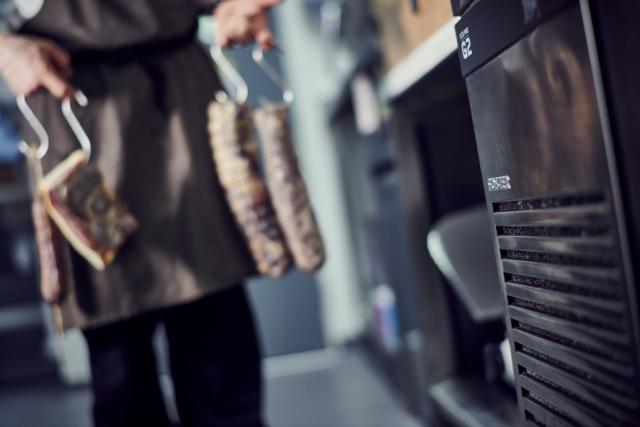
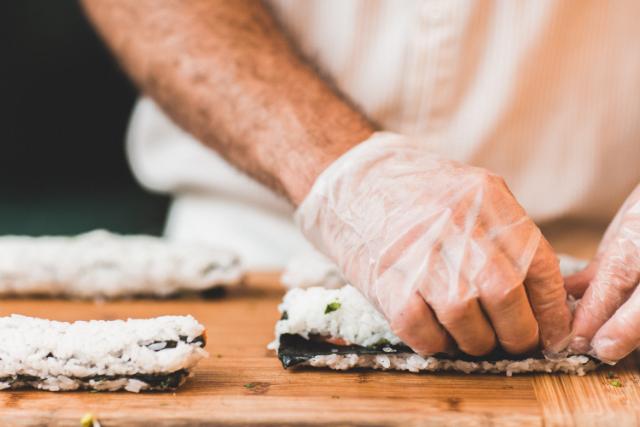
Other side effects of incorrect food storage temperature
The issue of waste has never been more pressing, to the environment and to businesses. An estimated 1.3 billion tonnes of food is wasted globally each year, one third of all food produced for human consumption, according to the Food and Agriculture Organization (FAO) of the United Nations.
In the UK, 3.6 million tonnes of food is wasted by the food industry every year.
The environmental impact of this cannot be underestimated. The resources that go into production are also wasted when food is thrown away, then additional emissions are created when waste is disposed of via landfill.
One of the ways your business can minimise waste is to ensure that food is stored at the appropriate temperature maximising the resale opportunity.
Spoilt food not only means more waste and reduced profit, but it can also put a burden on the kitchen if ingredients have to be thrown out and replaced at short notice. Think of the time saved if kitchen staff never have to be sent on an emergency errand to replace food that has gone off overnight.
Discover more
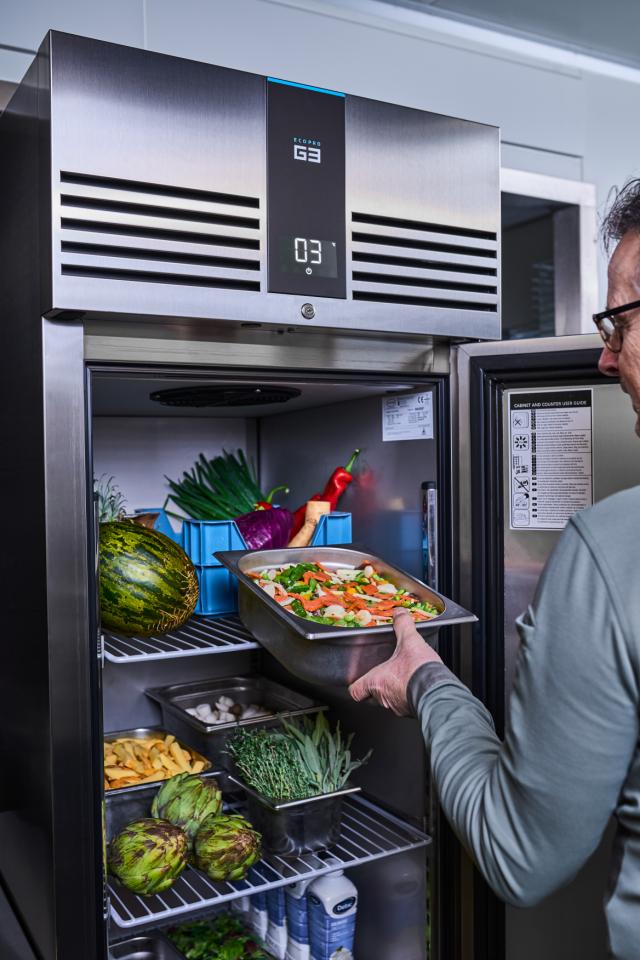
Safe food storage
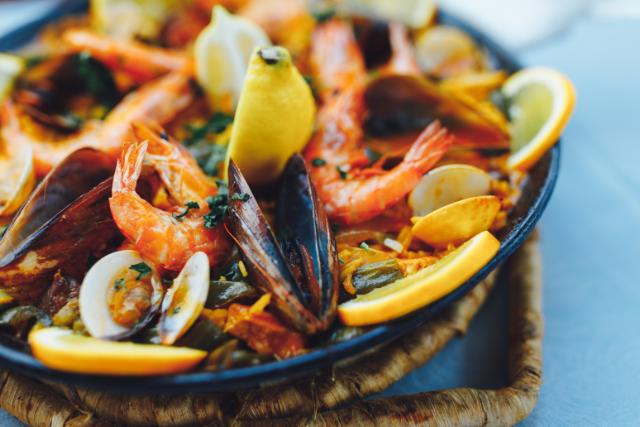
Training Staff on Food Hygiene Regulations
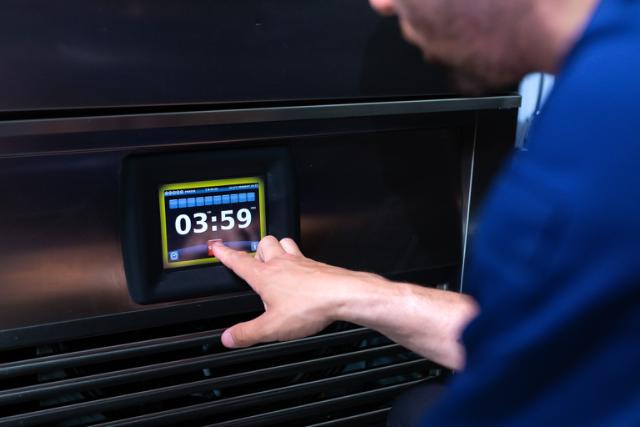
What is blast chilling?
